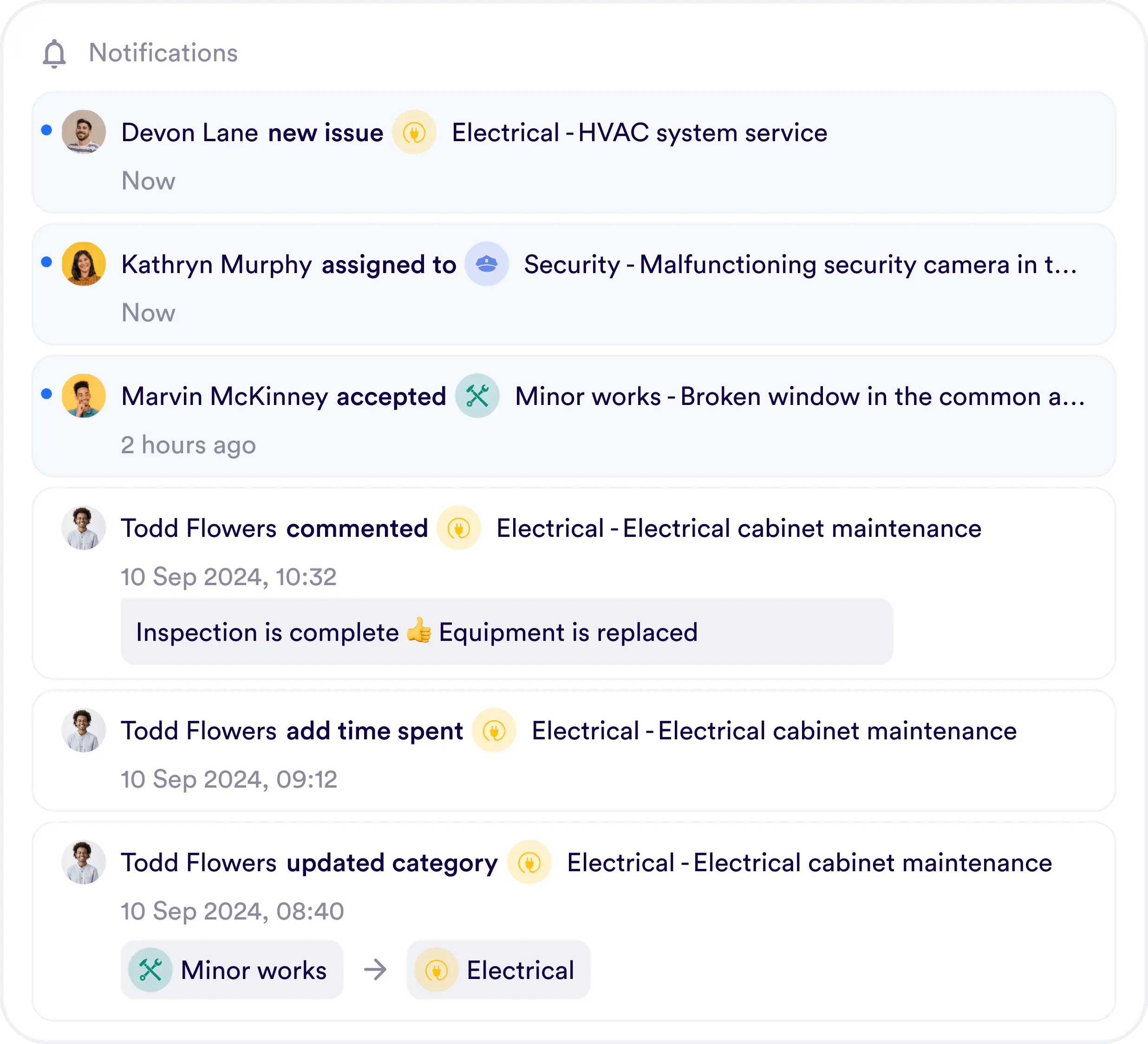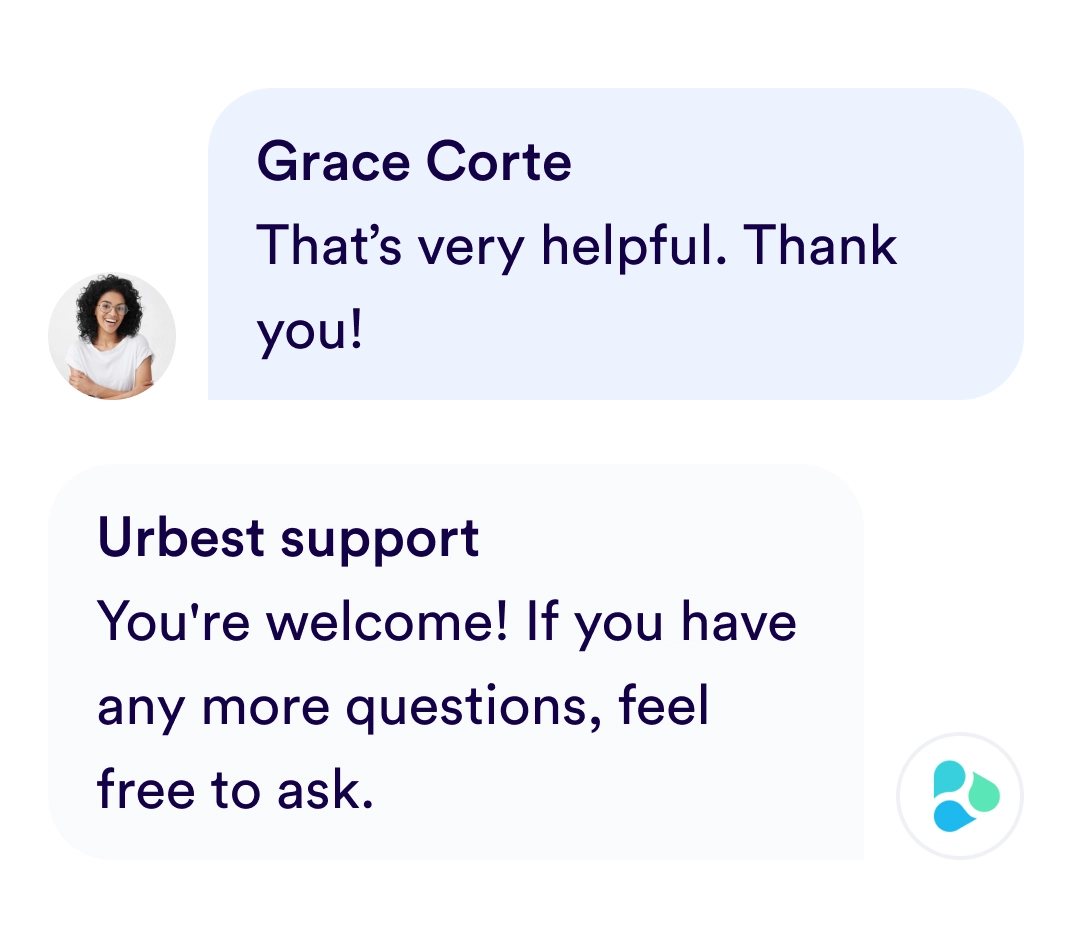Operational difficulties often arise from the number of communication channels required to track tasks. Emails, phone calls, SMS, and other spreadsheets create chaos and confusion for teamwork.
Collaborative tools provide a common visibility of work to be done among several people. In particular, a collaborative ticketing tool brings order and simplifies exchanges between service requesters and the agents who will provide these services.
Concretely, a collaborative software for ticketing allows tasks to be treated as a group conversation. With a collaborative tool, an organization can involve team leaders, agents, and requesters in a single task to be tracked. Each user has access according to their needs.
Collaborative tools synchronize teams with a common goal: to resolve tasks in the same place. A collaborative solution provides time savings and reliability in tracking processes and documents.
















